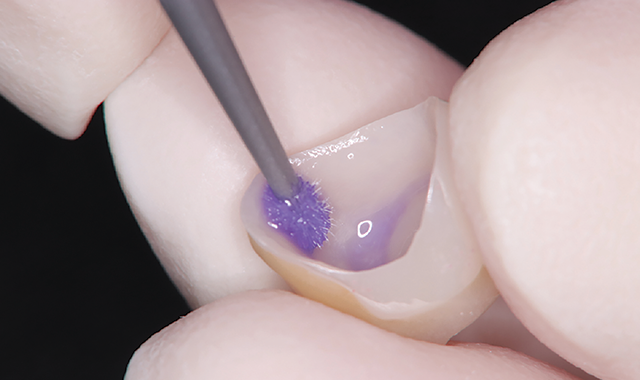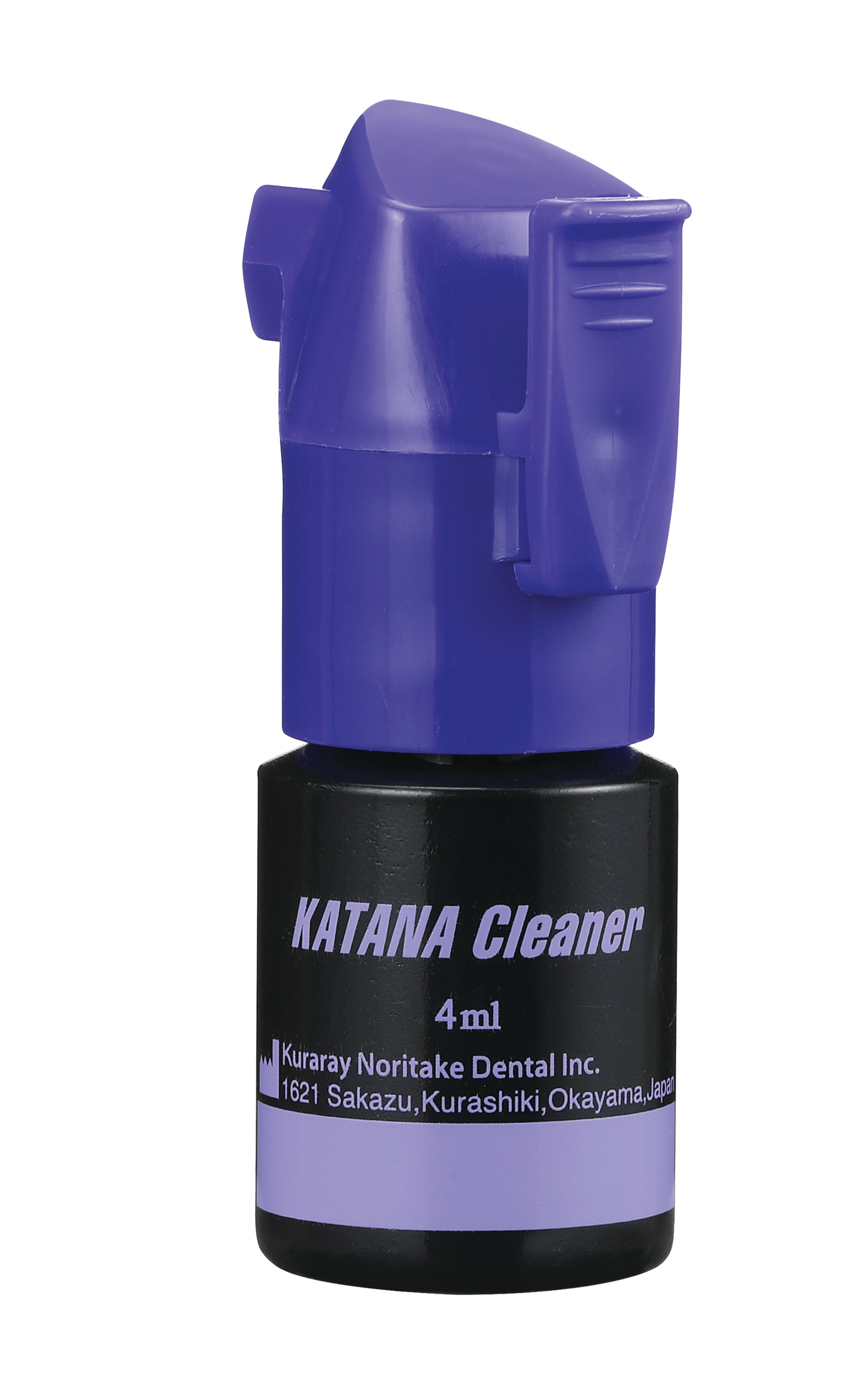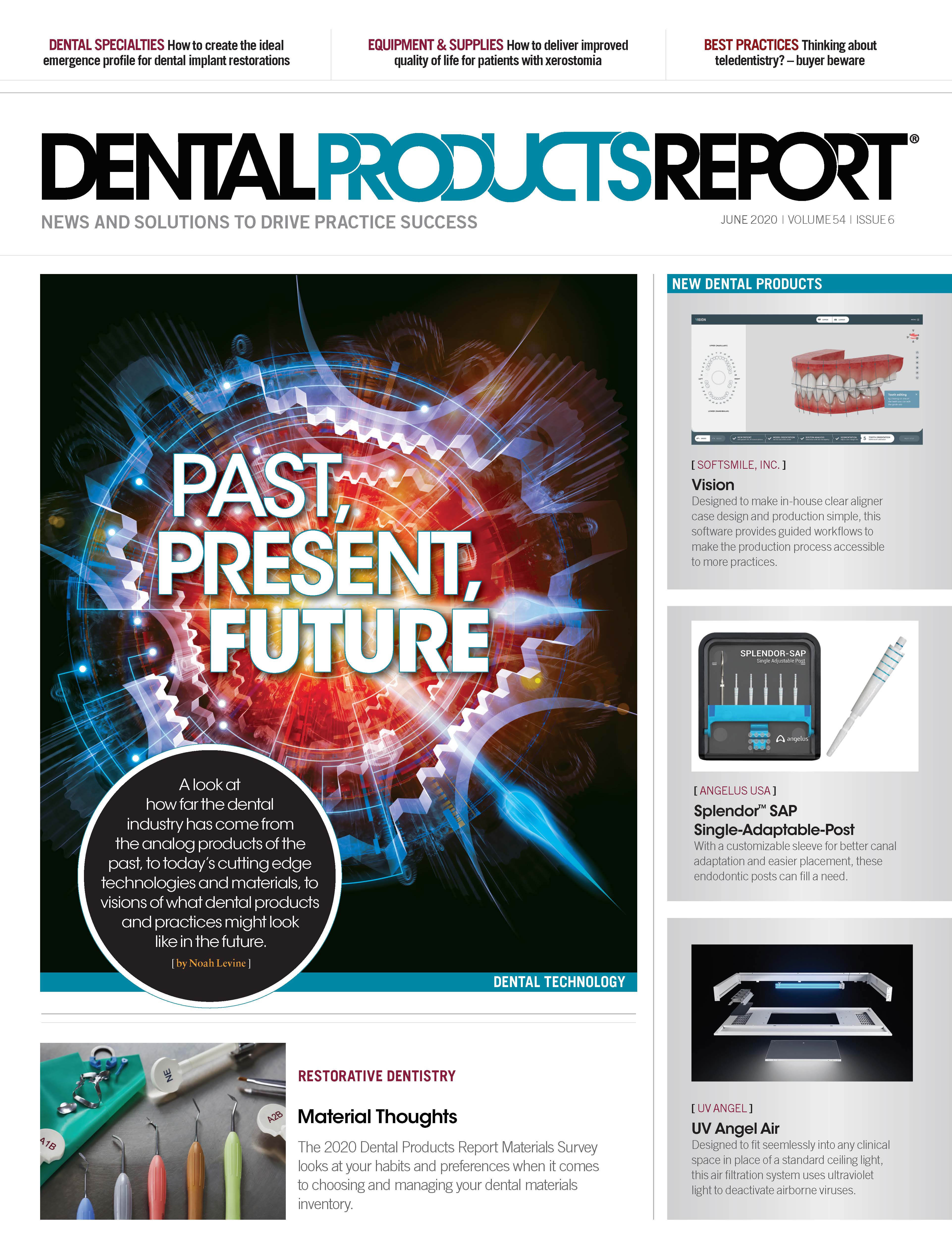Closer Look: Clean up contamination and improve dental bond strength
Closer Look: Clean up contamination and improve dental bond strength. This new cleaner helped one doctor boost bond strengths and offer minimally invasive dentistry.

Dr. Joe Willardsen is committed to providing patients with minimally invasive dentistry. When placing a restoration, he aims to save the tooth structure, so he focuses on increasing bond strength without relying on mechanical properties that require cutting down the tooth. High bond strengths require clean restorations, and that’s where Kuraray’s KATANA Cleaner comes in.
Dr. Joe Willardsen

“In the process of trying in a restoration to make sure it fits, it gets contaminated with blood, saliva, and plaque,” Willardsen says. “If the restoration isn’t cleaned out properly, my bond strength is almost cut in half.”
A few months ago, he started using KATANA to clean restorations. Although relatively new, the product is backed by research that shows its ability to clean effectively, both intraorally and extraorally, something other cleaners can’t do. Combining a pH of 4.51 with the surface-active characteristic of MDP salt quickly and thoroughly cleans restorations, ensuring that patients leave Willardsen’s office with a restoration that lasts.
“KATANA Cleaner is a huge advantage for me,” he says. “It’s the only cleaner that not only disinfects the restoration but is also safe to use in the patient’s mouth. So, I decontaminate the restoration and the tooth itself. With other cleaners you’re not able to do that, usually because the pH of the product isn’t right.”
Appreciative Patients
Willardsen’s goal is to spare patients the downward progression from fillings to restorations to root canals to extractions. The best way to do that is to keep more of the tooth structure, which KATANA helps make possible.
“With this process, I don’t have to be as aggressive,” he says.” I don’t have to rely on mechanical retention, and I can keep more of the natural tooth, which, in the long run, prevents my restorations from having to be changed over and over again.”
Patients appreciate Willardsen’s determination to provide long-lasting restorations. He tells them about the cleaner and explains that it disinfects their tooth to ensure that no bacteria will be permanently cemented underneath.
“With this new material, which has the research to back it up, I can 100 percent tell patients their restoration is completely clean, and we don’t have to worry about any bugs being left behind. And I let them know it’s going to make their dental work last longer,” he says. “We tell them we’re using different materials and technology to conserve more tooth structure than traditional methods. We like to talk about that because it sets us apart.”
Cost and Time Savings
KATANA can be used intraorally and extraorally, offering a big advantage. It not only saves him the cost of multiple products but also is a timesaver. “It saves times in two ways,” Dr. Willardsen says. “If the restoration comes off or the patient has sensitivity, you’ll need two more appointments to redo the restoration. It also saves time throughout my day. If I’m seating multiple restorations, I’m saving anywhere from 10 to 15 minutes just in cleaning and prep.”
It’s also easy to use. The cleaner takes 10 seconds to apply, and once it is rinsed and dried, normal protocols for cementation can be followed.
KATANA can be used on any restorative material-metal, ceramic, resin, or zirconia, Willardsen says-and is indicated for most scenarios. He also uses the cleaner before taking impressions to ensure clean margins and clear impressions of any debris.
Peace of mind
Willardsen’s associates also use KATANA, so he is confident everyone in the practice is taking the necessary steps to ensure solid work and satisfied patients.

“You know your restorations are going to be seated stronger, so there are fewer remakes and failures. There are fewer restorations falling off, and fewer re-cements,” he says. “It gives me a new tool and it’s one more thing that allows me to be minimally invasive in my dentistry because it is increasing my bond strengths for my indirect restorations.”
KATANA Cleaner
With KATANA Cleaner, you can clean up contamination and improve bond strength. The cleaner has a high cleaning effect due to the surface-active characteristic of MDP salt. In contrast to other cleaners, it has a pH value of 4.5, which allows usage not only extraorally but also intraorally. It is easy to restore the original bond strength for your cementations. It offers an easy, two-step workflow prior to cementation.
Kuraray Noritake
800-879-1676 | kuraraydental.com

ACTIVA BioACTIVE Bulk Flow Marks Pulpdent’s First Major Product Release in 4 Years
December 12th 2024Next-generation bulk-fill dental restorative raises the standard of care for bulk-fill procedures by providing natural remineralization support, while also overcoming current bulk-fill limitations.